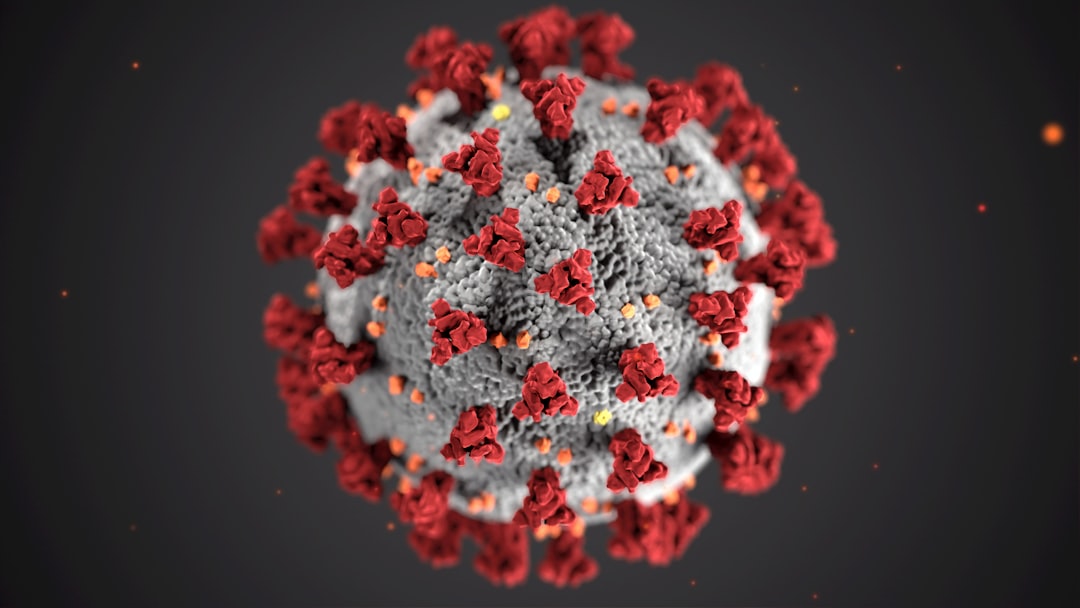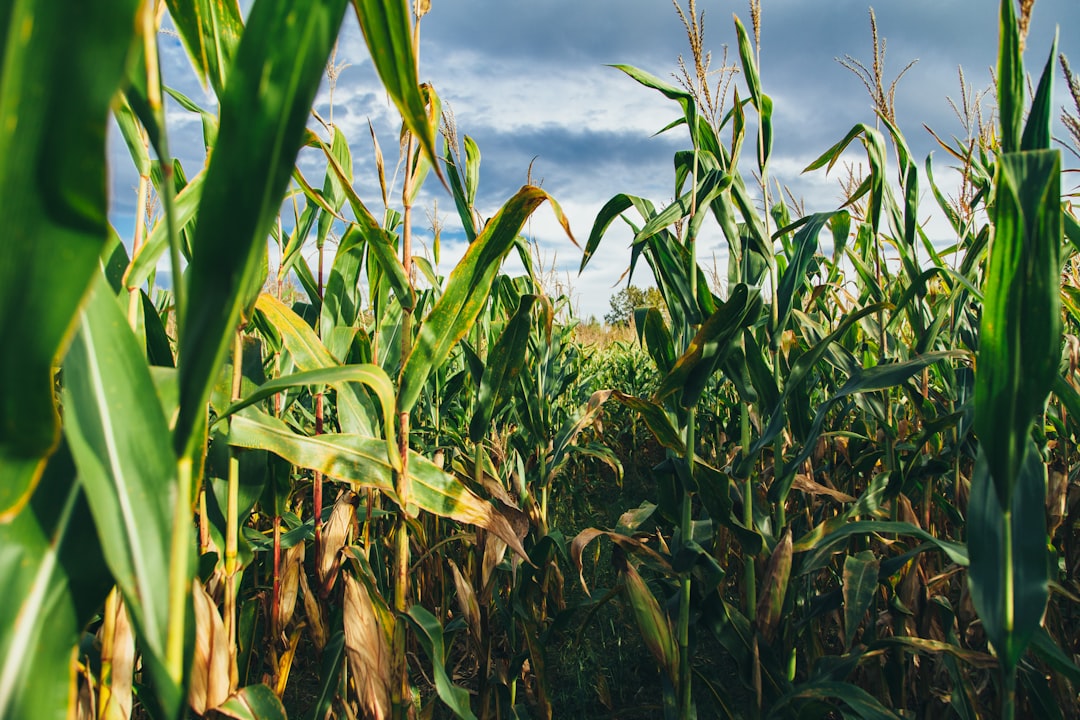What is it about?
Predicting water inflow values into dam reservoirs is crucial for effective management and operation. This study employs a technique called genetic programming (GP) to address this issue, considering two cases. In the first case, water inflow values are predicted separately for each month, while in the second case, predictions are made simultaneously for all months. For each case, two different approaches are proposed. The first approach, known as the hybrid method, combines artificial neural networks (ANN) with the NSGA-II algorithm (a multi-objective optimization technique) to identify the most suitable input data sets. The second approach utilizes the GP method to determine the relevant input data sets automatically.
Featured Image

Photo by Anthony Da Cruz on Unsplash
Why is it important?
Investigating the hybrid models and their performance was the core aim of this research. In addition, the GP model was a capable model in finding the relationship between variables to predict the water inflow.
Perspectives
For me, participating in this research was a serious step toward Python programming. I believe this paper can be interesting for those who are studying water resources and the application of ML and optimization.
Seyed Hossein Hosseini
Read the Original
This page is a summary of: Predicting the Water Inflow Into the Dam Reservoir Using the Hybrid Intelligent GP-ANN- NSGA-II Method, Water Resources Management, April 2024, Springer Science + Business Media,
DOI: 10.1007/s11269-024-03856-2.
You can read the full text:
Contributors
The following have contributed to this page










